How Do Antidepressants Work? (Video)
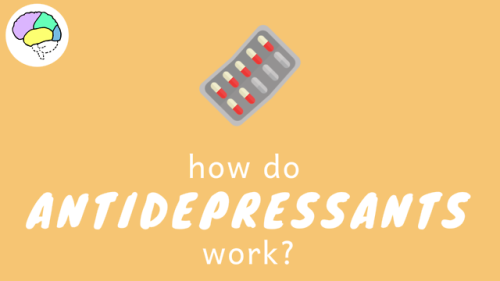

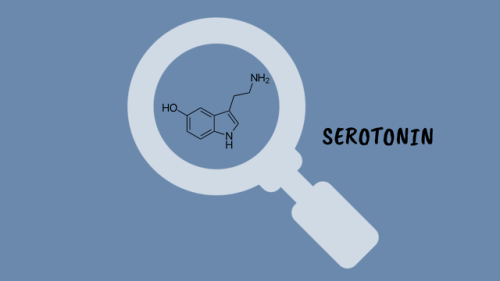
How Do Antidepressants Work? (Video)
Your brain is a network of billions of neurones, all somehow connected to each other. At this very second, millions of impulses are being transmitted through these connections carrying information about what you can see and hear, as well as your emotional state. It’s an incredibly complex system but sometimes things go wrong. Despite extensive research, we are still not certain on the biology that underlies mental illnesses- including depression. However, we have come pretty far in developing effective treatments.
More Posts from Contradictiontonature and Others
Are colour-changing octopuses really colourblind?
Cephalopods, including octopuses and squid, have some of the most incredible colour-changing abilities in nature.
They can almost instantly blend in with their surroundings to evade predators or lay in wait, and put on colourful displays to attract mates or dazzle potential prey.
This is impressive enough on its own, but becomes even more amazing when you discover these creatures are in fact colourblind – they only have one type of light receptor in their eyes, meaning they can only see in black and white.
So how do they know what colours to change to at all?
This has puzzled biologists for decades but a father/son team of scientists from the University of California, Berkeley, and Harvard University think the unusual shape of their pupils holds the key, and they can see colour after all.
Cephalopods have wide U-shaped or dumbbell-shaped pupils, which allow light into the lens from many directions.

When light enters the pupils in human eyes it gets focused on one spot, cutting down on blur from the light being split into its constituent colours.
The scientists believe cephalopod eyes work the opposite way – the wide pupils split the light up and then individual colours can be focused on the retina by changing the depth of the eyeball and moving the pupil around.
The price for this is blurry vision, but it does mean they could make out colours in a unique way to any other animals.
Processing colour this way is more computationally intensive than other types of colour vision and likely requires a lot of brainpower, which might explain in part why cephalopods are the most intelligent invertebrates on Earth.

Read the paper
Images: Roy Caldwell, Klaus Stiefel, Alexander Stubbs



Why scientists are rooting for mushrooms
Mushrooms are the organisms that keep on giving. They grow and feed the soil by breaking down organic matter. For centuries, they’ve also been a staple in our diet.
Recently, people have started taking a closer look at mushrooms, and more specifically, mycelium — the hidden root of mushrooms — as an engineering material to produce goods like surfboards, packaging materials, furniture and even architecture.

As far as natural materials go, there’s never been anything as versatile and cost-effective as fungi, says Sonia Travaglini, a doctoral candidate in mechanical engineering at UC Berkeley, who is collaborating with artist and mycologist Philip Ross to unlock the seemingly infinite potential of fungi.
Mycelium can grow into any shape or size (the largest in the world blankets an entire forest in Oregon). They can be engineered to be as hard and strong as wood or brick, as soft and squishy as foam, or even smooth and flexible, like fabric.
Unlike other natural materials, mushrooms can rely on their recycling properties to break down organic matter so you can grow a lot of it very quickly and cheaply just by feeding it biodegradable waste. In as little as two weeks, you can cultivate a hunk of mushroom that’s brick-sized.
That mycelium actually takes in waste and carbon dioxide as it grows (one species of fungi even eats plastic trash) instead of expelling byproducts makes it far superior to other forms of production.
Plus, when you’re done with mushroom, you can compost it or break up the material to grow more mycelium from it.
“And, unlike forming synthetic materials, which have to be made while very hot or under pressure, all of which takes a lot of energy to create those conditions, mycology materials grow from mushrooms which grow in our normal habitat, so it’s much less energy-intensive,” said Travaglini.
In the lab, Travaglini and other researchers crush, compress, stretch, pull and bend mycelium to test the amount of force the material can tolerate.


They found that mycelium is incredibly strong and can withstand a lot of compression and tension.
Most materials are only strong from one direction. But mycology materials are tough from all directions and can absorb a lot force without breaking. So it can withstand as much weight as a brick, but won’t shatter when you drop it or when it experiences a hard impact, said Travaglini.
As one of the newer organisms receiving an application in biomimetics, a field of science that looks to imitate nature’s instinctive designs to find sustainable solutions and innovation, we might be getting merely a glimpse of what fungi is capable of.
“Mycology is still a whole new field of research, we’re still finding more questions and still really don’t know where it’s going to go, which makes it really exciting,” said Travaglini.
Image sources: Vice UK/Mazda & Pearson Prentice Hall

Fungal tissues – the fungal mantle around the root tip and the fungal network of tendrils that penetrates the root of plants, or Hartig Net, between Pinus sylvestris plant root cells – in green. Ectomycorrhizal (ECM) fungi help trees tolerate drought and boost the productivity of bioenergy feedstock trees, including poplar and willow.
Via Berkeley Lab: The sclerotia are in the soil!
More: How Fungi Help Trees Tolerate Drought (Joint Genome Institute)




Archbishop Ussher’s chronology was taken as gospel in the Western world. Until we turned to another book to find the age of the earth, the one that was written in the rocks themselves.
Checking Cancer At Its Origin..
In a first, the lab led by Leonard Zon at Boston Children’s Hospital has visualised the emergence of the primary melanoma cell in transgenic zebrafish that harbour the human oncogenic BRAFV600E mutation in melanocytes. This cancerous state is characterised in maturing fish by the formation of neural crest progenitors [NCPs], which are the predecessors of melanocytes and are only seen in the embryonic stage of healthy zebrafish.
The Zon lab placed the human mutated oncogene, BRAFV600E (a characteristic of benign human nevi/moles) under the control of a melanocyte-specific promoter and introduced it into the zebrafish. Generations of this transgenic fish were engineered such that they were also deficient in functional p53 (loss of function mutation). They used previous findings that in healthy zebrafish, a gene called crestin is expressed only in the embryonic NCPs and never throughout maturity, but is re-expressed selectively in melanomatous cells during adulthood. crestin was cloned adjacent to a reporter, enhanced green fluorescent protein [EGFP] for live imaging purposes.
The developmental phases of the fish, that were by now triple transgenic (for human BRAFV600E, p53 LOF and crestin:EGFP) were observed by live imaging; ~21 days after fertilisation, the expression of crestin:EGFP localised precisely to the (future) melanoma sites, and the very first triple-transgenic (individual) cells that went on to form larger masses of cells were also observed. To summarise, melanoma formation was observed in three stages: individual fluorescent cells, followed by these cells multiplying to form groups of <50 cells, and lastly these groups forming raised lesions. This consistently held true, with all 30 observed individual cells turning into 30 lesions. These results are illustrated in Figure 1.

Figure 1. In the top left box, a single cell is visualised as it multiplies into a group of melanoma cells (top right). The bottom images show the raised melanoma lesion as observed by the naked eye and by live imaging. The green fluorescence emitted from EGFP indicates that it is localised only to the melanoma (as is crestin expression), that is, it has not metastasised elsewhere.
These pre-cancerous cells were also shown to be self-sustaining and tumourigenic: when fish scales containing the mutant cells were transplanted to another part of the same fish (auto-transplant) or to another fish (allo-transplant) that was also exposed to radiation, the cells proliferated in the new site, as well as penetrated the hypodermis underneath (Figure 2).

Figure 2. The fluorescence indicates a single scale being auto-transplanted elsewhere on the same fish. As the days progress, the patch expands as well, and after day 33, the cells penetrate deeper into the hypodermis and thrive independently, and excising the transplanted scale proves futile.
Role of Transcription Factor sox10
sox10 is a master TF in NCP and its over-expression has been correlated with increased crestin expression, and accordingly, sox10 over expression in the transgenic melanocytes accelerated the melanoma onset. Following the logical train of thought that sox10 promotes melanoma progression, it was then targeted by CRISPR-Cas9 and inactivated in the transgenic cells. This resulted in a delayed onset of melanoma (180 days) compared to the controls (133 days). sox10 is also known to be expressed in most human melanoma cell lines. Moreover, the DNA element that acts as the binding site for Sox10 is also found in a hyper-acetylated [H3K27Ac], super-enhancer state. This is an epigenetic alteration and may prove a useful target in therapy (ex. HAT inhibitors).
Summary
The key finding clears up a hitherto ambiguous association between a reversion to stem/progenitor cell-like status and cancer: it indicates that the apparent devolution of a specialised cell to a primitive cellular state is not a consequence of cancer progression, but that it is an hallmark of pre-cancerous cells that may contribute to tumour progression. The rarity of melanoma formation among the mutant cells also suggests that the double mutant [BRAFV600E; p53 LOF] is not the only factor to influence the onset. Experimentally, crestin expression was a definitive prelude to formation of nevi which transformed into full-fledged raised melanomas in that spot.
This discovery has two chronological applications: first, of the many susceptible melanocytes harbouring the mutated oncogene, we can find out which are most likely to enter the melanoma state. Peaks in the expression profile of sox2, or a couple other TFs, dlx2 and tfap2, can prove to be a telltale pre-melanoma signature and thus be used in diagnosis. Secondly, by doing so, these can be better targeted early on before they’ve disseminated and become virtually untreatable.
Kaufman CK, Mosimann C, Fan ZP, Yang S, Thomas AJ, Ablain J, et al. A zebrafish melanoma model reveals emergence of neural crest identity during melanoma initiation. Science. 2016;351[6272]:aad2197–aad2197.









NASA unveils greatest views of the aurorae ever, from space in HD
“When the free electrons finally find the ions they bind to, they drop down in energy, creating an incredible display of colorful possibilities. Of all of them, it’s the oxygen (mostly, with the strong emission line at 558 nanometers) and the nitrogen (secondary, with the smaller line at a slightly higher wavelength) that create the familiar, spectacular green color we most commonly associate with aurorae, but blues and reds — often at higher altitudes — are sometimes possible, too, with contributions from all three of the major atmospheric elements and their combinations.”
The northern (aurora borealis) and southern (aurora australis) lights are caused by a combination of three phenomena on our world, that make our aurorae unique among all worlds in our solar system:
Outbursts from the Sun that can go in any direction,
Our magnetic field, that funnels charged particles into circles around the poles,
And our atmospheric composition, that causes the colors and the displays we see.
Put all of these together and add in a 4k camera aboard the ISS, and you’ve got an outstanding recipe for the greatest aurora video ever composed. Here’s the in-depth science behind it, too.
The brilliant colors of a soap film reveal the fluid’s thickness, thanks to a process known as thin film interference. The twisting flow of the film depends on many influences: gravity pulls down on the liquid and tends to make it drain away; evaporation steals fluid from the film; local air currents can push or pull the film; and the variation in the concentration of molecules – specifically the surfactants that stabilize the film – will change the local surface tension, causing flow via the Marangoni effect. Together these and other effects create the dancing turbulence captured above. (Video credit: A. Filipowicz)

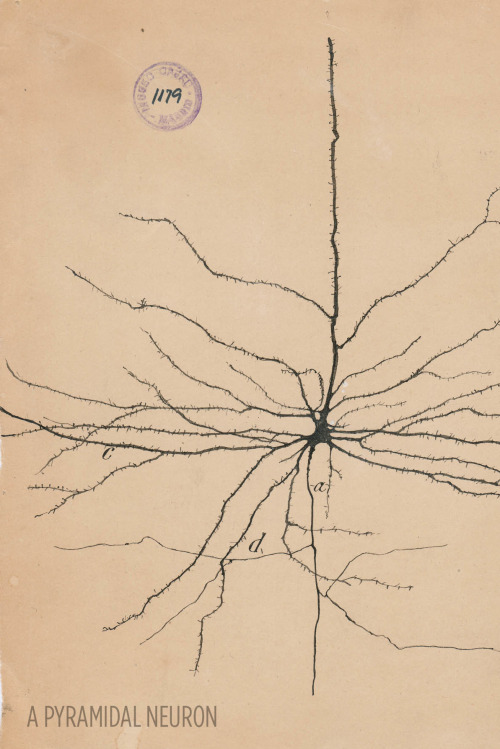

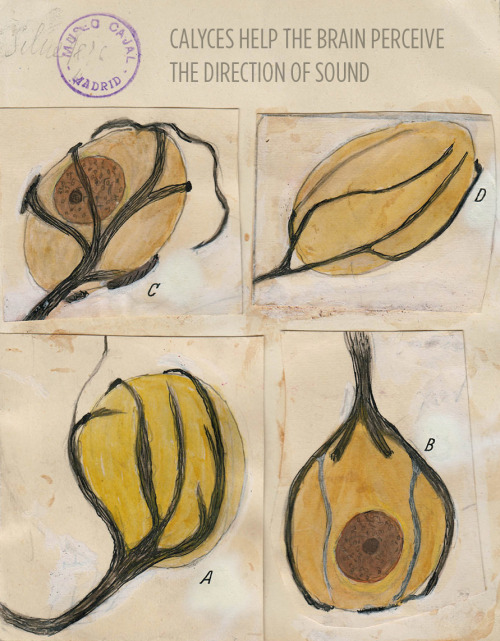
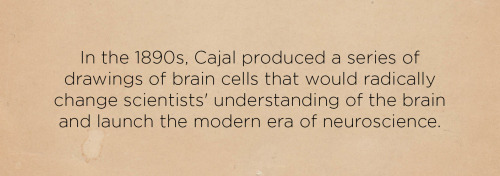
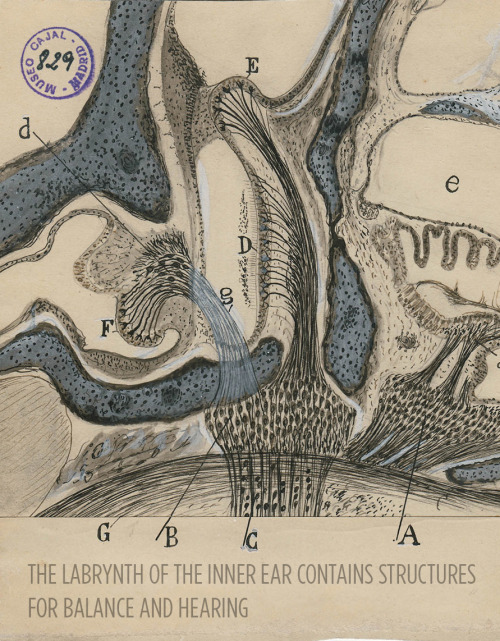

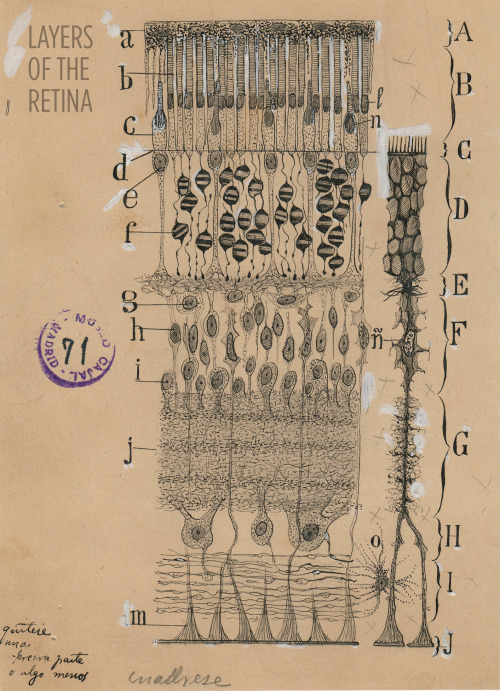
Art and science in beautiful conversation!
Here’s a 30-something Santiago Ramón y Cajal hanging out in his library:

For more, check out this article or visit the Weisman Art Museum in Minnesota before May 21.
Images courtesy of Instituto Cajal del Consjo Superior de Investigaciones Científicas, Madrid
The race to map the human body — one cell at a time
The first time molecular biologist Greg Hannon flew through a tumour, he was astonished — and inspired. Using a virtual-reality model, Hannon and his colleagues at the University of Cambridge, UK, flew in and out of blood vessels, took stock of infiltrating immune cells and hatched an idea for an unprecedented tumour atlas.
“Holy crap!” he recalls thinking. “This is going to be just amazing.”
On 10 February, the London-based charity Cancer Research UK announced that Hannon’s team of molecular biologists, astronomers and game designers would receive up to £20 million (US$25 million) over the next five years to develop its interactive virtual-reality map of breast cancers. The tumour that Hannon flew through was a mock-up, but the real models will include data on the expression of thousands of genes and dozens of proteins in each cell of a tumour. The hope is that this spatial and functional detail could reveal more about the factors that influence a tumour’s response to treatment.
The project is just one of a string that aims to build a new generation of cell atlases: maps of organs or tumours that describe location and make-up of each cell in painstaking detail.
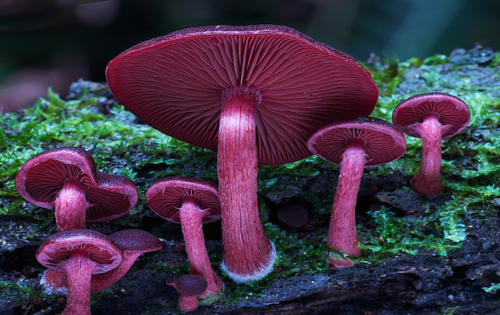
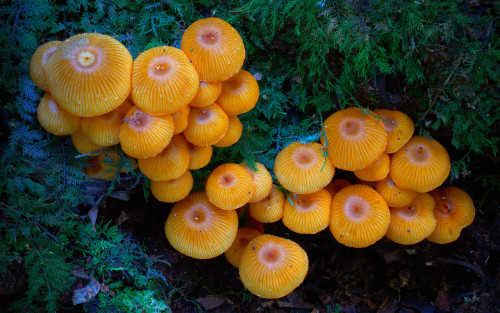
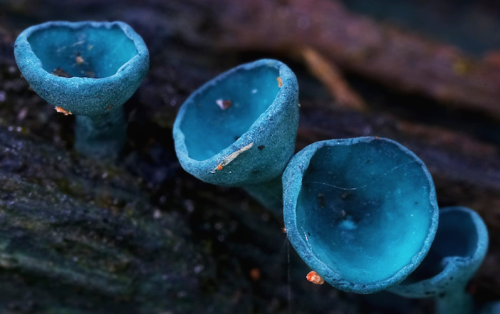
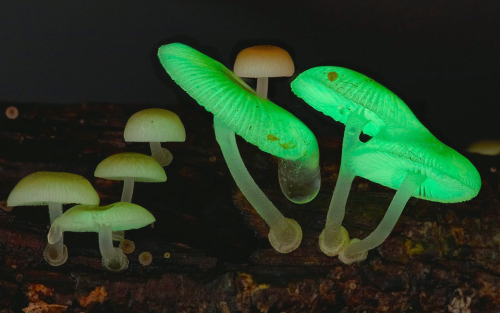

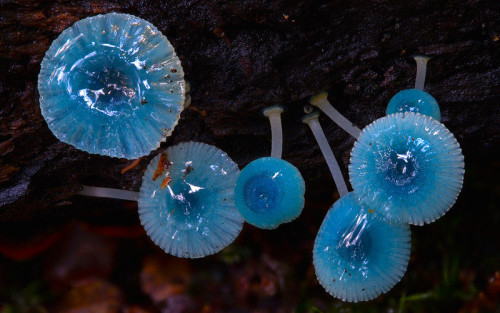
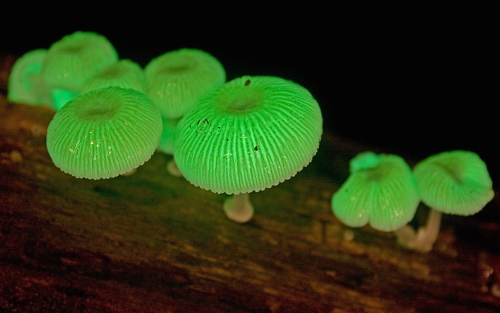
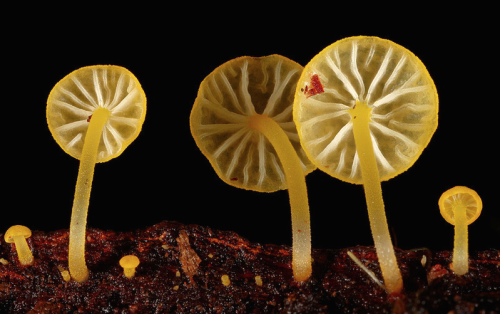
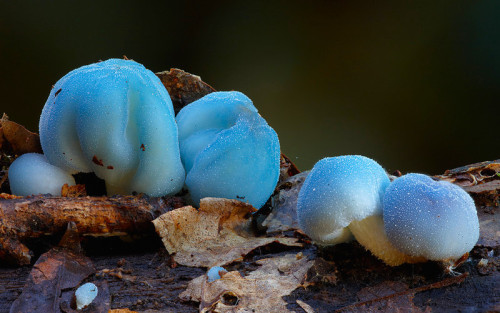
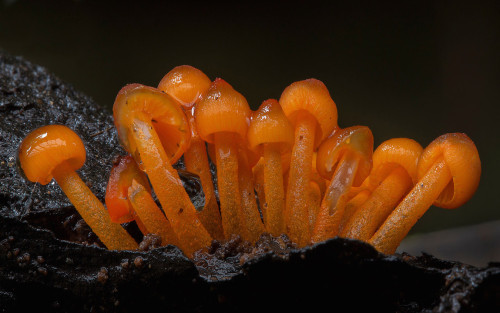
a mushroom rainbow to put the fun in fungi. cause they don’t need psilocybin to be magic. and though some mushrooms are coloured as a toxicity warning to predators, many others are brightly coloured to instead attract potential spore dispersers. see this for more on the bioluminescent mushrooms seen here. (photos)
-
 reddammancy reblogged this · 3 months ago
reddammancy reblogged this · 3 months ago -
 reddammancy liked this · 3 months ago
reddammancy liked this · 3 months ago -
 sweetbutantisocial liked this · 9 months ago
sweetbutantisocial liked this · 9 months ago -
 patti-joy reblogged this · 1 year ago
patti-joy reblogged this · 1 year ago -
 patti-joy liked this · 1 year ago
patti-joy liked this · 1 year ago -
 schmidtsshit reblogged this · 3 years ago
schmidtsshit reblogged this · 3 years ago -
 evaalencevica liked this · 3 years ago
evaalencevica liked this · 3 years ago -
 behavethen-maybe liked this · 3 years ago
behavethen-maybe liked this · 3 years ago -
 holisticprinces liked this · 3 years ago
holisticprinces liked this · 3 years ago -
 egomahh liked this · 3 years ago
egomahh liked this · 3 years ago -
 eternalodetoathena liked this · 4 years ago
eternalodetoathena liked this · 4 years ago -
 randonpanda liked this · 4 years ago
randonpanda liked this · 4 years ago -
 blackfeatherswan liked this · 4 years ago
blackfeatherswan liked this · 4 years ago -
 generalchaosdinosaur reblogged this · 4 years ago
generalchaosdinosaur reblogged this · 4 years ago -
 first-element liked this · 4 years ago
first-element liked this · 4 years ago -
 tate17 liked this · 4 years ago
tate17 liked this · 4 years ago -
 aquilinumdelicatum liked this · 4 years ago
aquilinumdelicatum liked this · 4 years ago -
 iamwickedlovely liked this · 4 years ago
iamwickedlovely liked this · 4 years ago -
 thclaudia liked this · 4 years ago
thclaudia liked this · 4 years ago -
 lux-talks-a-lot liked this · 4 years ago
lux-talks-a-lot liked this · 4 years ago -
 fragdmi liked this · 4 years ago
fragdmi liked this · 4 years ago -
 sleepycoo liked this · 4 years ago
sleepycoo liked this · 4 years ago -
 miynae liked this · 4 years ago
miynae liked this · 4 years ago -
 karissimus reblogged this · 4 years ago
karissimus reblogged this · 4 years ago -
 dreambiggetrich liked this · 4 years ago
dreambiggetrich liked this · 4 years ago -
 acarolnzinhaa-03 liked this · 4 years ago
acarolnzinhaa-03 liked this · 4 years ago -
 themasterpupil reblogged this · 4 years ago
themasterpupil reblogged this · 4 years ago -
 nother30something liked this · 4 years ago
nother30something liked this · 4 years ago -
 cora-moon-princess liked this · 4 years ago
cora-moon-princess liked this · 4 years ago -
 themasterpupil reblogged this · 4 years ago
themasterpupil reblogged this · 4 years ago -
 love-dejavu liked this · 4 years ago
love-dejavu liked this · 4 years ago -
 themasterpupil reblogged this · 4 years ago
themasterpupil reblogged this · 4 years ago -
 themasterpupil liked this · 4 years ago
themasterpupil liked this · 4 years ago -
 mayacantaacasamia liked this · 4 years ago
mayacantaacasamia liked this · 4 years ago -
 lucaeharis liked this · 4 years ago
lucaeharis liked this · 4 years ago -
 technogeekmituna liked this · 4 years ago
technogeekmituna liked this · 4 years ago -
 suicide-mormota reblogged this · 4 years ago
suicide-mormota reblogged this · 4 years ago -
 musadagci liked this · 4 years ago
musadagci liked this · 4 years ago -
 theoneandonly-wholockian reblogged this · 4 years ago
theoneandonly-wholockian reblogged this · 4 years ago -
 theoneandonly-wholockian liked this · 4 years ago
theoneandonly-wholockian liked this · 4 years ago -
 cathairy reblogged this · 4 years ago
cathairy reblogged this · 4 years ago
A pharmacist and a little science sideblog. "Knowledge belongs to humanity, and is the torch which illuminates the world." - Louis Pasteur
215 posts